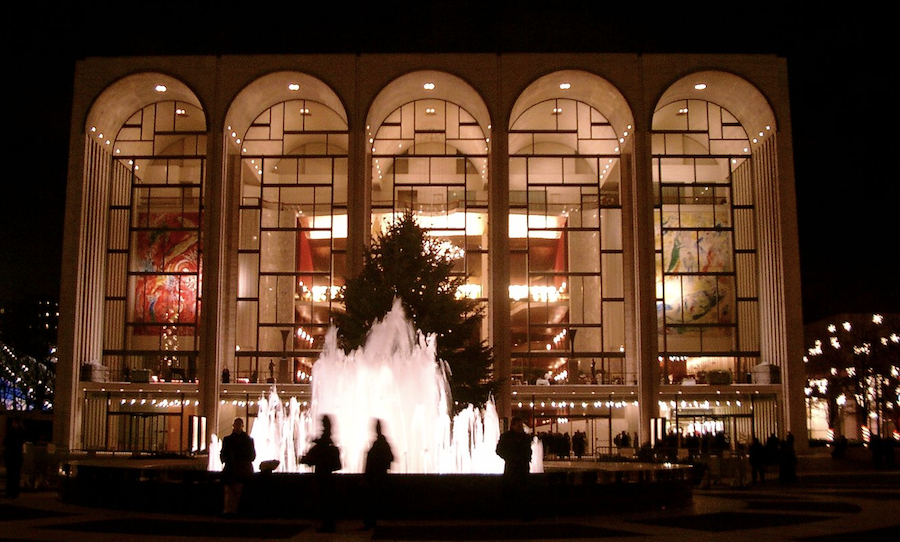Rock and roll has always had its huge stars: from its earliest beginnings as a cultural phenomenon of interracial and sexual anxiety, to its turn as the soundtrack of free love, good drugs, and civil unrest. By the early 70s, however, Polyphonic argues above, the music of rebellion had “lost its way,” become the province of superrich superstars in private jets and French chateaus. As the 60s crashed and burned with the deaths of major figures like Jimi Hendrix, Janis Joplin, and Jim Morrison, the 70s dawned as an era of rock and roll excess to a degree that fully betrayed the music’s scrappy, teenage roots.
Punk, as the story goes, was born of backlash against the bloated, proggy state of affairs represented by the likes of Genesis; Yes; Emerson, Lake & Palmer; and so forth. While still musically leaner than these bands, the once scrappy Pink Floyd also succumbed to the trend of rock as musical theater—staging grand, expensive productions that required whole fleets to move from city to city. One iconic response, the Sex Pistols’ handmade “I Hate Pink Floyd” t‑shirt, seems to sum up punk rock’s general sneer in the direction of all rock stars.
Punk may have been a reaction, but it was not something other than rock and roll. Rather, it was a reclamation of rock’s spirit phrased in the idiom of the angry, crumbling, subversive 70s. At the center of punk’s CBGBs origins was “rock and roll warrior poet” Patti Smith and her debut, Horses, its unforgettable opening line a “radial declaration of youth, rebellion, and freedom.” (The line originated in an early poem, “Oath.”) Once Smith delivers her statement of intent, she and the band launch into “Gloria,” a garage-rock staple by Van Morrison’s 60s garage band, Them.
Smith explicitly connected her musical revolution to the three-chord proto-punk of ten years earlier, just as Iggy and the Stooges warped the meanest expressions of 60s rock into music that more accurately reflected the state of the Motor City. Her sound was pure downtown New York, with its hustlers, schemers, and dreamers, a distillation of rock’s essence, filtered through the seedy poetry of the Bowery.
There were many others—Richard Hell and the Voidoids, The Ramones, forgotten but significant bands like Pure Hell—whose sound was more prototypically punk. Smith was there before punk, living the life she writes of in Just Kids, hanging out with Bob Dylan and Allan Ginsberg, bridging the 60s and 70s while radically recovering rock’s racial and sexual transgressions and turning them on their patriarchal heads. In Smith’s version, “the lyrics and performance of ‘Gloria’ were overt challenges to perceptions of sexuality and gender.” After her came dozens of punk frontwomen who did the same, playing roles previously reserved for male rock stars.
Unlike the Sex Pistols, Smith did not spit in the eye of the rock stars of the past. She eulogized them in the sweaty downtown clubs of mid-70s New York City, in a scene happy to jettison rock’s past. Despite her unshakable title as the “godmother of punk,” Smith insists “I was not really a punk, and my band was never a punk rock band.” She is an artist and a poet who played rock and roll. And while she might not have “saved” the music, as Polyphonic claims, she certainly helped preserve it for the first punk audiences and first wave of punk bands, achieving her goal of passing the spirit of the counterculture to the next generation.
Related Content:
Patti Smith, The Godmother of Punk, Is Now Putting Her Pictures on Instagram
Hear Patti Smith Read 12 Poems From Seventh Heaven, Her First Collection (1972)
Watch Patti Smith’s New Tribute to the Avant-Garde Poet Antonin Artaud
Josh Jones is a writer and musician based in Durham, NC. Follow him at @jdmagness





